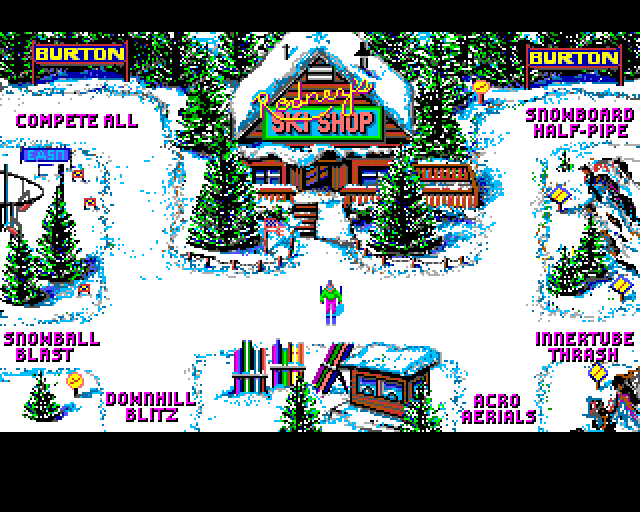
The first documented report of a moose on the northern range was 1913. Moose appear to have been scarce in Yellowstone until the latter half of the 1800s and in Jackson Hole until the early 1900s.

Cows most commonly give birth to a single calf in Yellowstone. Cows breed in early fall gestation is approximately eight months.
SKI OR DIE RARITY FULL
When the antlers reach their full size, the bull rubs his antlers on small trees and brush to remove the velvet and polish the antlers in preparation for the rut. Yearlings grow six- to eight-inch forked antlers prime adult bulls usually grow the largest antlers-as wide as five feet from tip to tip. The antlers are flat and palmate (shaped like a hand). Finally, the knobs change into antlers and grow until August. Small bumps called pedicles on each side of the forehead start to swell, then enlarge until they are knobs covered with a black fuzz (called velvet) and fed by blood that flows through a network of veins. In April or May, bulls begin to grow new antlers.

Shedding their heavy antlers helps moose conserve energy and promotes easier winter survival. The weaker bull usually gives up before any serious damage is done on rare occasions the opponent’s antlers inflict a mortal wound.īulls usually shed their antlers in late December to late January, although young bulls may retain their antlers as late as March. Cows emit a drawn out groan in search of a mate, and bulls challenge one another with low guttural and repetitive grunts before clashing with their antlers.

But many moose move to higher elevations (as high as 8,500 feet) to winter in mature stands of subalpine fir and Douglas-fir.ĭuring the rut, both bulls and cows are vocal. Some moose that summer in the park migrate in winter to lower elevations west and south of Yellowstone where willow remains exposed above the snow. An adult moose consumes approximately 10–12 pounds of food per day in the winter and as much as 50 pounds of food per day in the summer. In winter when available, moose exhibit a high preference to subalpine fir. But the principle staples of the moose diet are the leaves and twigs of the willow, followed by other woody browse species such as gooseberry and buffaloberry. In summer, moose eat aquatic plants like water lilies, duckweed, and burweed. The dewlap holds the scent that is then dispersed by the wind. Bulls urinate in wallows and lay down and splash in it spreading the scent all over them.
SKI OR DIE RARITY SKIN
Adults of both sexes have “bells”-a pendulous dewlap of skin and hair that dangles from the throat.

SKI OR DIE RARITY PATCH
Females are distinguished from bulls without antlers by the white patch beneath their tail. Bulls have antlers for most of the year, or pedicles (flat bony protrusions on the skull) in the winter after antlers are cast. Moose are dark brown, often with tan legs and muzzle. Moose, especially cows with calves, are unpredictable and have chased people in the park. Both sexes have long legs that enable them to wade into rivers and through deep snow, to swim, and to run fast. Moose are the largest members of the deer family in Yellowstone.


 0 kommentar(er)
0 kommentar(er)
